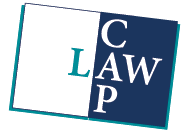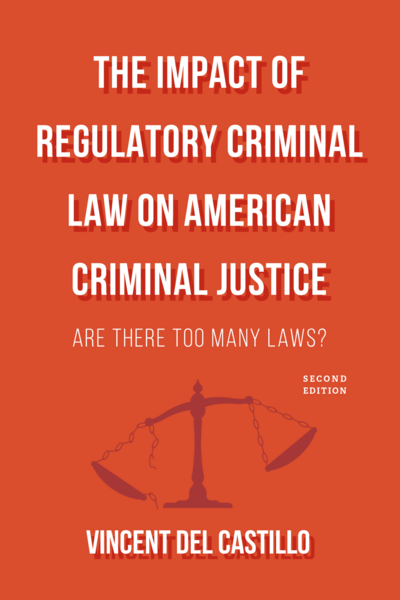The Impact of Regulatory Criminal Law on American Criminal Justice
Are There Too Many Laws?
Second Edition
2019
Tags: Criminal Law; Legal Issues; and Policy
Teacher's Manual available
226 pp $37.00
ISBN 978-1-5310-1342-4
eISBN 978-1-5310-1343-1
The second editon of The Impact of Regulatory Criminal Law on American Criminal Justice is designed to provide the reader with an overview of American criminal justice from the perspective of regulatory criminal law enforcement. Government's responsibility to defend the life and property of its citizens from victimization is accomplished through a code of criminal law enforced by a criminal justice system. In addition to laws that protect citizens, the government also enacts laws that criminalize certain behaviors that are deemed to be inconsistent with the best interests of society. These are regulatory criminal laws, and their effect on the criminal justice system and society are the main focus of the book.
Each of the book's three sections addresses one aspect of the overall problem. The first looks at the underlying motivations to enact regulatory criminal laws, particularly those dealing with drugs, prostitution, and firearms and the evolution of their enforcement over time. The effect of regulatory criminal law enforcement on each part of the criminal justice system, the police, courts and corrections, is examined in the second section of the book. The final section provides insight into societal outcomes associated with the enforcement of regulatory criminal laws.
The book reveals a number of unanticipated consequences resulting from regulatory criminal laws. Most notable is the criminal justice system's lack of resources to effectively enforce and process all violations of law. Police do not have enough officers to fully enforce all laws. Yet, they make more arrests than the courts can adequately adjudicate. The judicial process is so overwhelmed that it must rely on plea negotiations in order to circumvent the lengthy trial process, thereby reducing criminal charges and/or terms of incarceration. Also, more people are convicted than the correctional facilities can house. Nevertheless, America incarcerates a higher proportion of its population than any other country.
Other criminal justice consequences of regulatory criminal law include police corruption, overcrowded prisons, and the domination by prison gangs as well as high rates of recidivism. Societal costs of incarceration are numerous and have had a particularly profound effect on minorities and disadvantaged communities in terms of poverty, lost human potential, contagious diseases both in and out of prison, 1.5 million children of current inmates, and the perpetuation of a social underclass.
The Teacher's Manual for this title includes a test bank w/questions and answers, discussion questions for each chapter, as well as sample lesson plans for each chapter. The teaching materials are available in Word format upon request. There is also a set of 175 PowerPoint slides available upon adoption. Click here to view a sample presentation. If you are a professor using this book for a class, please contact Beth Hall at bhall@cap-press.com to request your slides.
Comp Copy If you are a professor teaching in this field you may request a complimentary copy.


